Brighter Shores in Early Access – Is It Worth Your Time? (Spoiler: Yes)
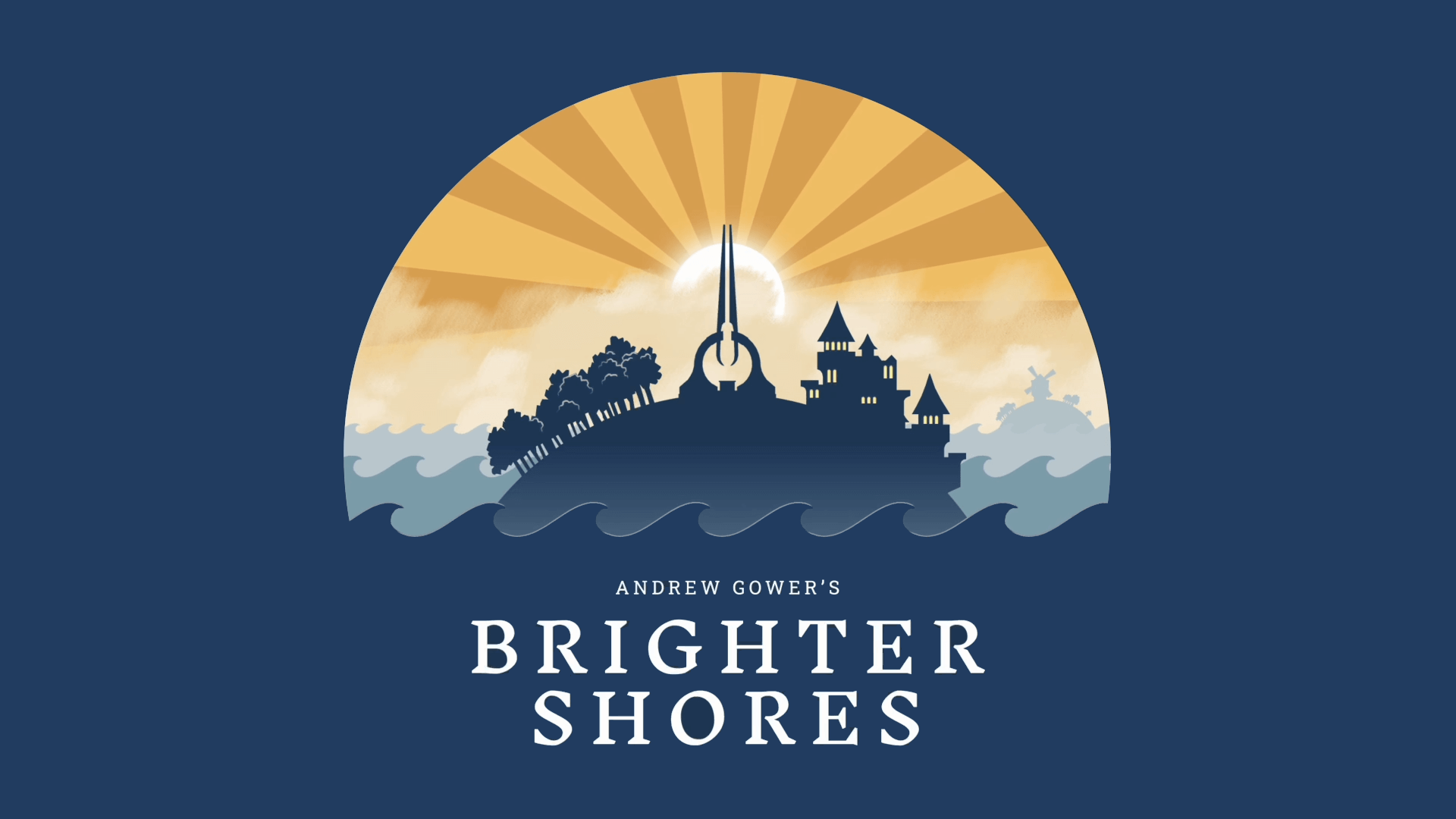
It's been a little over a month since Brighter Shores launched into early access, and I've had plenty of time to dive in and see what it has to offer. For those who haven't heard of it, Brighter Shores is a new MMO developed by Andrew Gower and his team at Fen Research. If that name sounds familiar, it's because Andrew—along with his brothers Paul and Ian—created RuneScape back in the early 2000s, one of the most iconic MMOs ever made.

Brighter Shores is an MMO at its core, but it takes a different approach to some traditional systems, offering unique mechanics that set it apart. Some of these design choices—like its "room" system—sparked plenty of debate when the game was announced. But now that I've spent hours exploring its world and mechanics, I'm here to break it all down: the good, the bad, and what the future might hold.
The Room System: A Unique Take on World Design
One of the first things you'll notice about Brighter Shores—whether from the trailer or just stepping into the game—is its "room" system. Unlike most MMOs that offer sprawling, seamless open worlds, Brighter Shores breaks its world into smaller, self-contained areas called rooms. These rooms function as distinct zones, or "chunks," of the map. Outdoor rooms are typically around 20x20 tiles in size, while indoor rooms cover the interiors of buildings.
At first glance, this system raised a lot of eyebrows. Before the game's release, there was skepticism around how a segmented world would feel to explore. Would it be clunky or slow? Would it take away from the immersion? After spending significant time with it, I can confidently say that it works better than expected. The system brings its own charm and helps Brighter Shores stand out from the usual MMO mold.
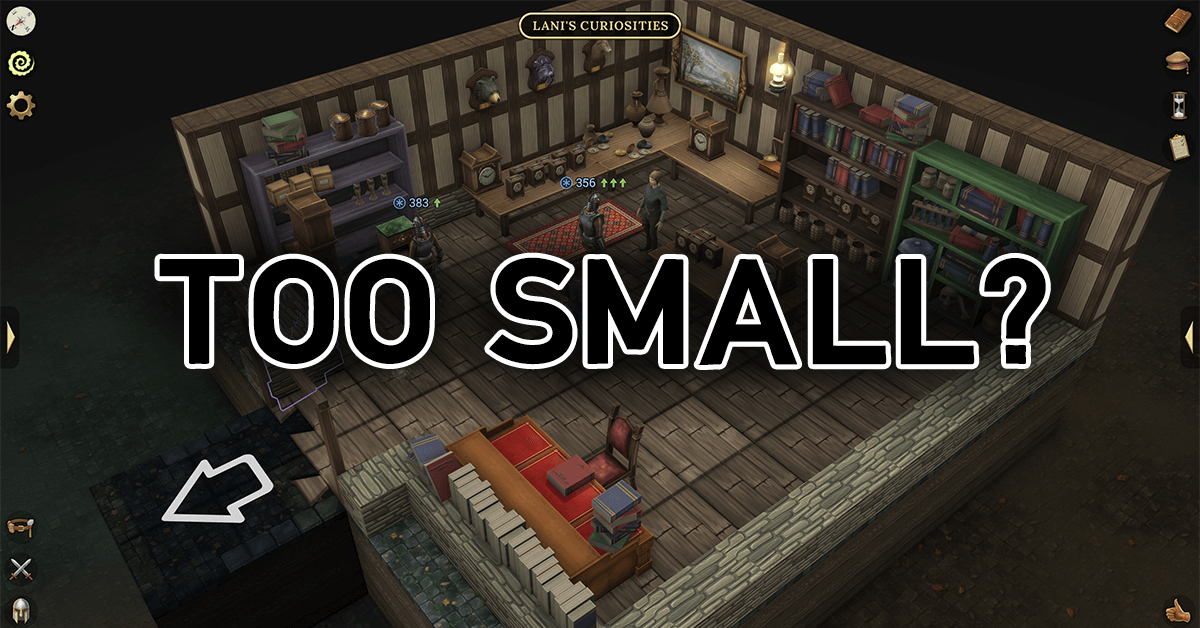
One big benefit of the room system is that it keeps the game accessible for a wider range of devices. Whether you're on a phone, tablet, Steam Deck, laptop, or desktop, the smaller areas mean there's less to render, which translates to smoother performance. For a modern MMO in early access, this level of optimization is a major win.
However, the room system does come with a notable drawback: chat suffers. Since chat is restricted to individual rooms, it's incredibly hard to hold conversations with other players—especially when training professions that require you to move between rooms frequently, like Forager, Miner, or Merchant. Combined with the current lack of interaction features (which the developers are actively working on), this limitation really makes the game feel like a single-player experience sometimes.
The good news is that the developers have acknowledged this issue and are prioritizing improvements to the chat system. Once fixed, this should make the game feel much more social and connected.
That said, navigating between rooms did feel a bit clunky at launch. Thankfully, the developers addressed this quickly by adding minimap movement—a small but impactful quality-of-life improvement. You can now click on the minimap to move your character, making exploration much easier and more intuitive (especially for those of us who play RuneScape).
While it's fair to say that the room system won't appeal to everyone, I think it's one of the game's strengths. It's a design choice that gives Brighter Shores its own identity in a genre that often feels oversaturated with "samey" open worlds. Plus, it's a foundation that Andrew and his team can continue to refine as the game develops.
Episodes: Breaking Up the World
Another standout feature of Brighter Shores is its Episode system. Instead of a single, sprawling world, the game is divided into larger sections called Episodes. Each Episode offers its own distinct theme, storyline, quests, professions, and enemies. If you're familiar with World of Warcraft, think of Episodes as expansions. You progress through each Episode in sequence, completing the main story before moving on to the next area.
Currently, there are four Episodes, with the final one (at the time of this writing) being Episode 4: Crenopolis. While you'll "finish" an Episode's main content before progressing to the next, the design ensures you're never done with older Episodes. Whether it's leveling professions, completing side quests, or hanging out with friends, there's always a reason to return to earlier areas. With planned features like trading and PvP on the way, these older Episodes are bound to remain active and relevant.
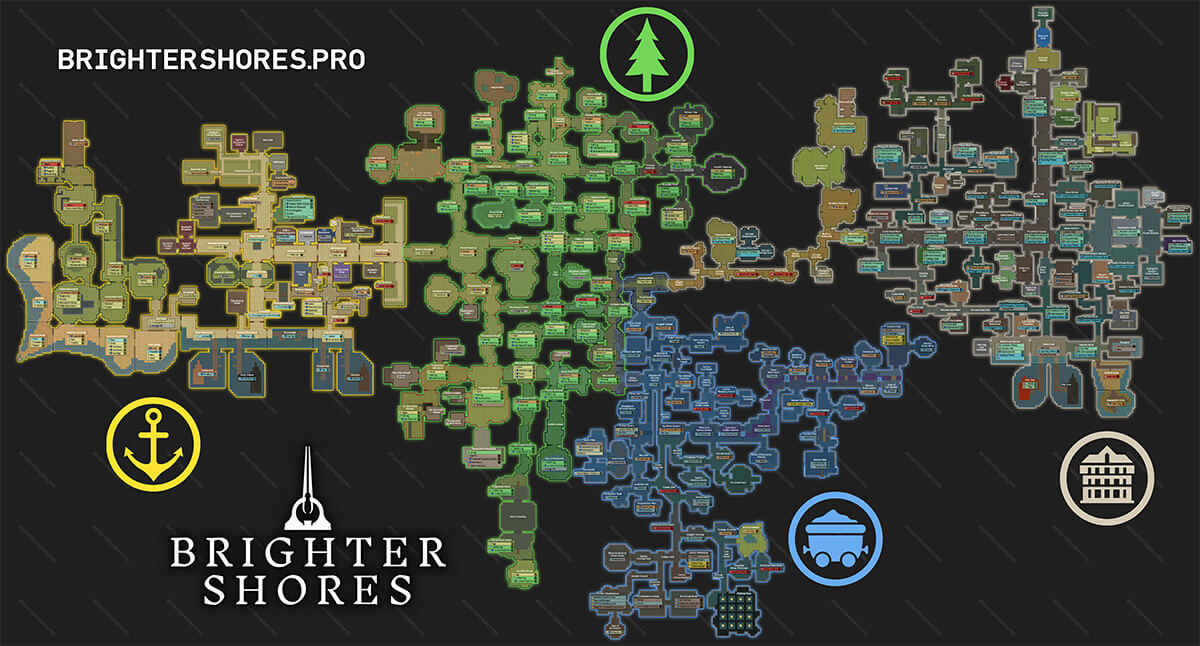
One of the key benefits of the Episode system is that it keeps the game feeling fresh whenever new content drops. When a new Episode is released, everyone starts at the same point, more or less. While veteran players might have slight advantages—like gold saved up, tools on hand, or potions ready to go—it's designed to provide a fair playing field for all. This approach avoids the common MMO problem where new players feel left behind, or veterans feel like they've "out-leveled" new content before it even arrives.
It's a clever design choice that promotes longevity while keeping progression balanced. And with the promise of new Episodes being added regularly, the world of Adothria will only continue to grow, giving players something to look forward to year after year.
Professions and Skills: A Deep and Focused System
Professions—what Brighter Shores calls its skill system—are a major highlight of the game, and they add a ton of depth to its design. Each Episode introduces around 4-5 unique professions that are exclusive to that specific area. For example, Episode 1 includes the Fisher profession, while later Episodes bring professions like Bonewright, Detective, Merchant, Woodcutter, and many others.
At first glance, the level cap of 500 for each profession might seem absurd—especially for players familiar with RuneScape and its infamous grind. Surprisingly, it's not as overwhelming as it sounds. Dedicated players hit level 500 within just a few weeks in some professions. That said, not all professions are created equal; some are much easier to level than others, and as of now, there are still professions where no one has hit the cap yet.
What really makes the system unique is its Episode-based specialization. Each profession can only be trained within its respective Episode. For example, Fisher is exclusive to Episode 1. Once you move on to later Episodes, Fisher essentially becomes inactive—though you retain your levels and items. While this might seem restrictive, it's actually a smart design choice. By isolating professions to specific Episodes, the game avoids cluttering the world with too many mechanics or forcing old skills into new areas where they don't fit. It's a cleaner, more focused approach compared to other MMOs, where content can sometimes feel shoehorned in over time (looking at you, RuneScape 3).
The profession system also encourages players to revisit earlier Episodes. Whether you're trying to level up a skill, gather resources, or complete side quests, older Episodes remain relevant and alive long after you've moved on in the main story.
Overall, professions are a great mix of variety and depth, offering something for both casual players and completionists. And with each Episode introducing new professions, there's always something fresh to learn and master.
Combat System: A Work in Progress
Combat in Brighter Shores is, admittedly, one of its weaker aspects right now. While the core idea aligns with the game's Episode-focused design—each Episode having its own combat profession (Guard, Scout, Minefighter, Watchperson)—this separation feels awkward in practice. Once you move to a new Episode, all of your combat levels and equipment from the previous one become essentially useless. Sure, those levels still matter if you return to earlier Episodes, but during progression, it's hard not to feel like your combat efforts are repeatedly reset.
The combat system itself is currently pretty barebones as well. You click on an enemy, select your weapon, and then watch as your character and the enemy take turns attacking. While this approach is functional, it doesn't offer much excitement or depth. Weapons only differ in attack speed and appearance, and with special attacks not yet implemented, combat can feel repetitive and underwhelming.

Thankfully, the developers are aware of these issues and have plans to address them. In a recent AMA, Andrew Gower shared that they've had lengthy discussions about how to unify combat professions across Episodes and improve the system overall. This potential update will not only streamline combat progression but also ensure existing save files are migrated without players losing progress.
Here's a direct quote from the AMA:
"We know that a separate combat profession per Episode isn't popular, and think we have now come up with a way of avoiding needing a separate combat profession per Episode AND avoiding the problems I described which caused us to implement it this way in the first place. [...] We also want to make combat cater to more play styles. So you can play it MORE afk if you want, or LESS afk if you want, or just like it is currently if you want."
While details are still under wraps, the hints at catering to multiple playstyles—whether you prefer a hands-on approach or something more AFK-friendly—are exciting. A combat overhaul will be a "fairly time-consuming update," according to Andrew, but it's clear the team sees it as a high priority.
For now, combat may feel like a weak link compared to the rest of the game's systems, but the promise of a more engaging, unified experience in the near future gives me a lot of hope. If the combat update delivers, it could transform Brighter Shores into a much more compelling MMO experience.
Social Features and Multiplayer Plans: Building a Community
While Brighter Shores already offers plenty of solo content to enjoy, the social aspects of the game are still in their early stages. At this point, multiplayer features are limited, but the developers have ambitious plans to flesh out these systems before the game leaves early access.
One of the most exciting upcoming features is player-to-player trading, which is expected to roll out soon™. Trading has always been a cornerstone of multiplayer MMOs, and its addition will undoubtedly add a new layer of depth to the game's economy. I actually have my own Brighter Shores-related project planned around trading, so stay tuned—I'll share more details in an upcoming blog post.
Another major feature on the horizon is player-vs-player (PvP). Andrew Gower has stated that PvP will focus on duels where players can challenge each other and stake items—a nod to the classic RuneScape Duel Arena. This style of PvP is straightforward, competitive, and nostalgic for players who enjoyed similar systems in older MMOs.
Beyond PvP, we'll also be seeing improvements to co-op gameplay. Right now, there are a handful of cooperative training methods in the game, but not many. That's likely to change as the developers add more group-oriented activities like boss fights, raids, and minigames. Alongside these updates, a party system is in the works, which will allow players to team up formally and take on challenges together.
The roadmap for social features makes it clear that Brighter Shores is being designed with community interaction in mind. While the game might feel a bit quiet on the multiplayer front right now, these upcoming additions will give players more ways to connect, compete, and cooperate. And with trading and PvP right around the corner, it won't be long before the game feels much more alive and dynamic.
Audio and Visuals: Functional but Room for Improvement
The audio and visuals in Brighter Shores are pretty much what you'd expect if you've seen the trailer—nothing groundbreaking, but certainly not bad either. The art style reminds me (and a lot of others) of RuneScape 3, with a hint of Albion Online's aesthetic, though Brighter Shores does feel a bit more detailed than Albion. It's a style that works well for the game and gives Adothria a clean, recognizable look.
The visuals are perfectly serviceable, and I don't think there's anything inherently wrong with them. That said, I'd love to see more graphic options added for players on high-end PCs. Considering I'm running a solid setup with an Nvidia RTX 4070, it would be great to have settings that enhance what's already there—more detail, better lighting, or higher resolution textures.
As for the audio, I'll admit I don't pay much attention to it while playing. I often have YouTube or music on in the background, especially when training combat professions—the repetitive clanking of swords can get old pretty quickly. That said, during the times when I've turned the sound up, I found it enjoyable and fitting for the game's atmosphere.
Where Brighter Shores really needs improvement, though, is its client and user interface—particularly for PC players. Right now, the interface feels like a "one size fits all" solution designed to work on everything from phones and tablets to desktops. While it's great for accessibility, it's a bit limiting for those of us playing on computers.
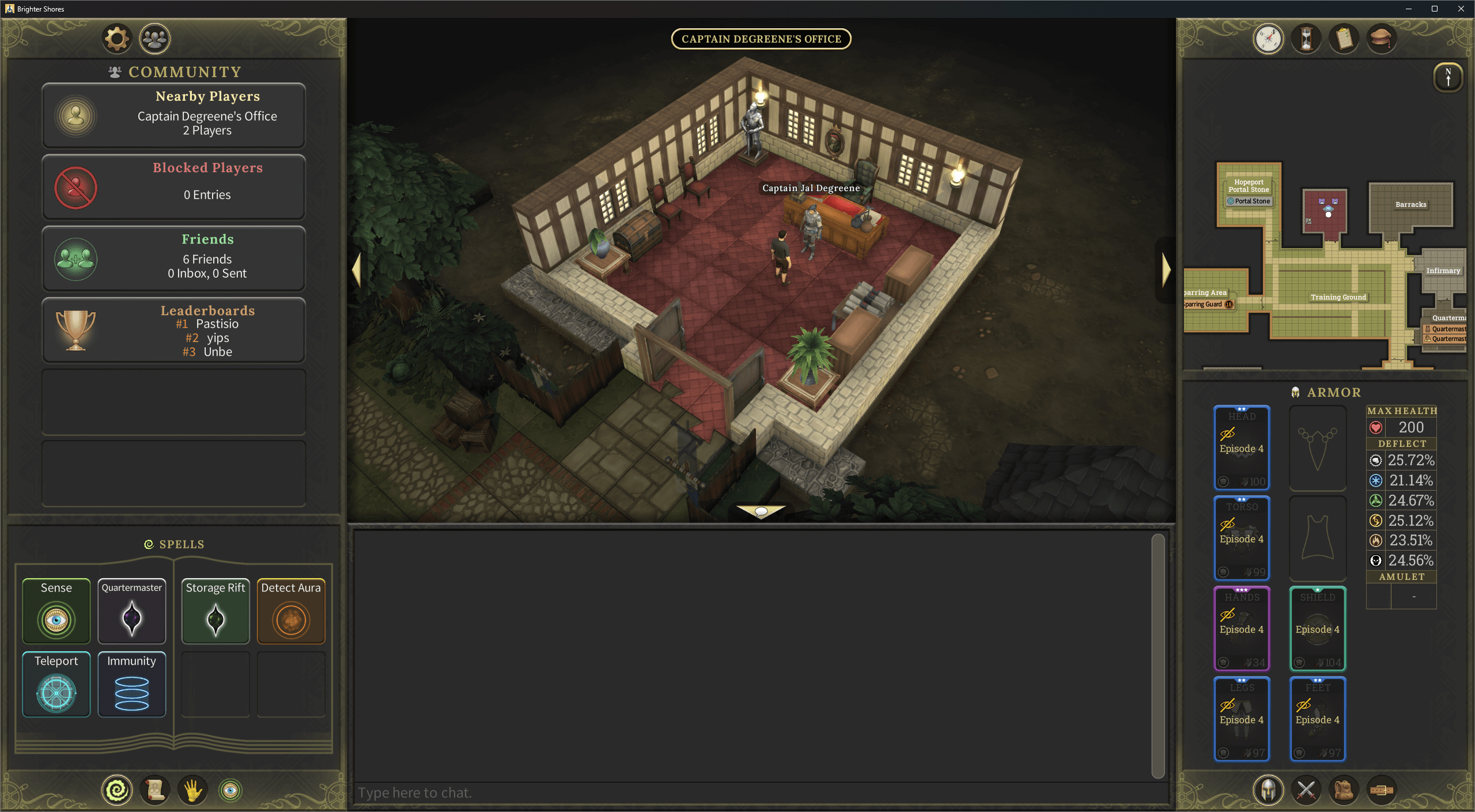
I'd love to see a customizable PC client in the future. Imagine being able to:
- Open as many tabs as you want and position them wherever you like.
- Always see chat without having to have the giant panel at the bottom open.
- Add plugins or mods to enhance the experience (this would be AWESOME).
A more flexible interface tailored to PC users would go a long way in improving gameplay, especially for those of us who spend hours grinding professions or exploring the game's content.
Free-to-Play and the Premium Pass: A Fair Monetization Model
One of the great things about Brighter Shores is that it's completely free-to-play, with an optional Premium Pass priced at $6 USD per month. For a game in early access, this model strikes a good balance between accessibility and offering extra perks to players who want to support the developers.
So, what does the Premium Pass actually offer? Here's a quick breakdown:
- Access to Episodes 3 and 4 (and future Episodes).
- Player-to-player trading (coming soon).
- The ability to use a standard username (and change it whenever you like) without the auto-generated numbers at the end (e.g., "username" instead of "username#3").
- The ability to change the color of your armor.
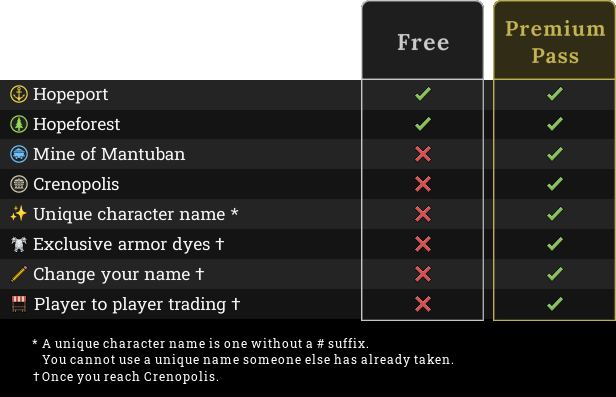
While the Premium Pass offers clear benefits, it doesn't lock core content behind a paywall. Episodes 1 and 2 are fully free, allowing players to experience a significant chunk of the game before deciding whether to invest. This feels like a fair approach and avoids the frustration that comes with pay-to-win mechanics seen in some other MMOs.
From my experience, the Premium Pass is well worth the $6/month. I've racked up nearly 300 hours of playtime so far, and even if I factor in the times I left the game running while working (let's call that about 80 hours of AFK), that's still a solid 200 hours of actual gameplay. For a game that's still in early access, that's impressive value—and there's so much more to come.
If you're on the fence, I'd recommend giving the free version a try first. You'll get a real sense of the game's systems and whether Brighter Shores is for you. And if you decide to stick around for the long haul, the Premium Pass is an easy way to get the most out of your experience while supporting the continued development of the game.
Future Content: Episode 5 and Beyond
While Brighter Shores already has a lot to offer, the future looks even brighter with the development of Episode 5 already underway. Andrew Gower and the team have made it clear that expanding the world of Adothria is a top priority, but they're also taking the time to address important systems before pushing out new content.
Episode 5 promises to bring more quests, professions, and new areas to explore, continuing the game's episodic progression model. However, Andrew has mentioned that work on Episode 5 is being slightly held back for now as the team focuses on other core updates—like combat improvements and social systems—that will make the game feel more polished and complete overall.
This approach makes a lot of sense. It ensures that the foundation of Brighter Shores is solid before adding another layer of content. For players, this means we're likely to see features like trading, PvP, and the upcoming combat overhaul implemented before Episode 5 arrives. These systems will breathe new life into the existing world and provide a much stronger platform for future Episodes to build on.
Even beyond Episode 5, the long-term vision for Brighter Shores is exciting. The idea of a couple new episodes a year means there's always something new to look forward to—whether it's fresh quests, professions, or areas to explore. The world of Adothria feels alive and ever-evolving, and that's exactly what you want from an MMO.
Personally, I love exploring what Andrew Gower and the team at Fen Research have crafted so far. Brighter Shores is a beautiful, carefully designed game, and it's clear that a lot of thought and love has gone into its creation. With so much planned for the future, I have no doubt that it will continue to grow and improve for many years to come.
If you haven't tried Brighter Shores yet, now's the perfect time to dive in. The game is free-to-play, so there's no reason not to explore and see what it's all about. You can check it out on Steam and join the growing community as we watch this game evolve.
Review of RuneScape 3's Newest Skill: Necromancy
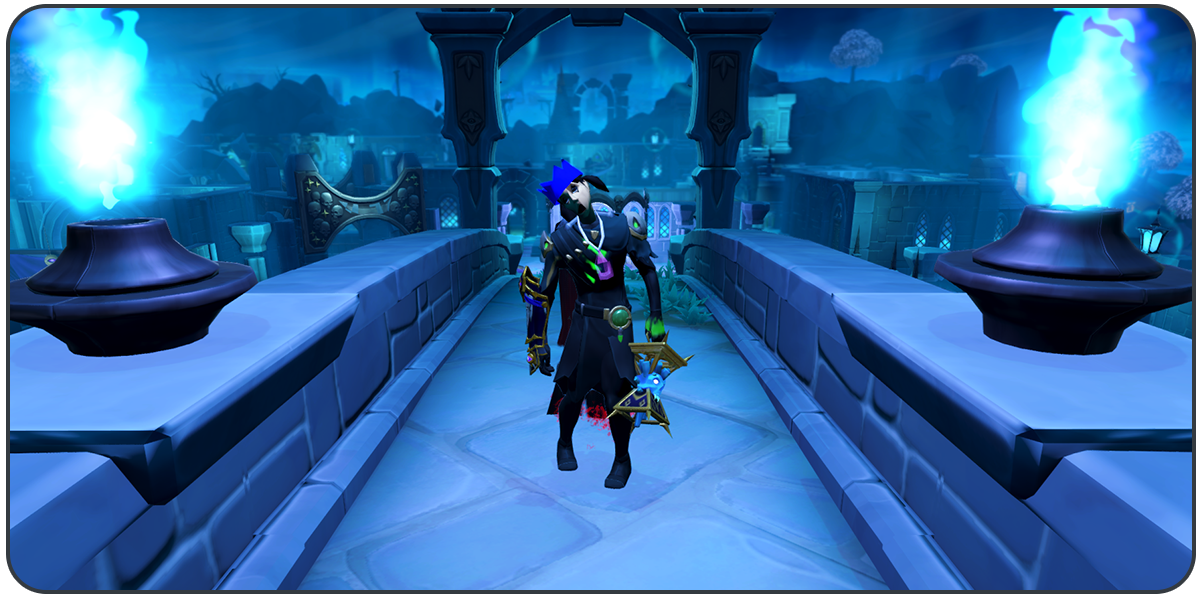
RuneScape 3's highly anticipated skill, Necromancy, made its debut just about a week ago. As someone who's diligently working towards reaching the coveted level 120 (currently hovering at level 83), I wanted to offer an intimate perspective on the journey, especially as an average PvM'er.
Initial Impressions
Embarking on the Necromancy adventure was, to put it mildly, somewhat tumultuous. The initial stages were not only challenging but also a bit devoid of enjoyment. If I'm honest, my habit of rapidly pressing the spacebar through in-game dialogues, including the Necromancy tutorial, didn't aid my comprehension. Jagex's game lore, often peppered with humor that doesn't quite hit the mark for me, meant I found myself navigating the new skill with limited guidance. But perseverance prevailed. I meandered through the basics, primarily using bones to gather souls, until reaching level 40. It was then that I chose to pivot from rituals to combat.
Journey through Mid-Level Training
What awaited me in combat was a stark contrast to rituals - it was engaging, exhilarating even. My primary guide through this phase was Maikeru's tutorial, which proved invaluable. Combat didn't just score on the fun factor; it was also remarkably faster. It wasn't long before I hit level 60, albeit with a minor hiccup. In my enthusiasm, I'd overlooked the need to upgrade my Necromancy gear, thus reaching level 60 in my tier 20 equipment. A rather amusing oversight, if I may say so!
Deeper Understanding of Necromancy
Today, standing at level 83 in Necromancy, I might not boast of a max level or extensive PvM proficiency, but I can confidently claim a comprehensive understanding of the skill as a seasoned RS player. Its allure is undeniable. Necromancy, with its captivating combat style, has won my favor. The fluidity of animations, coupled with the gratification of 100% accuracy, has made it my combat method of choice. I eagerly await my journey to the Kiln for my cape and subsequently, my face-off with TzKal-Zuk for the upgraded version. However, a looming vacation means my aspirations for the capes will be momentarily deferred.
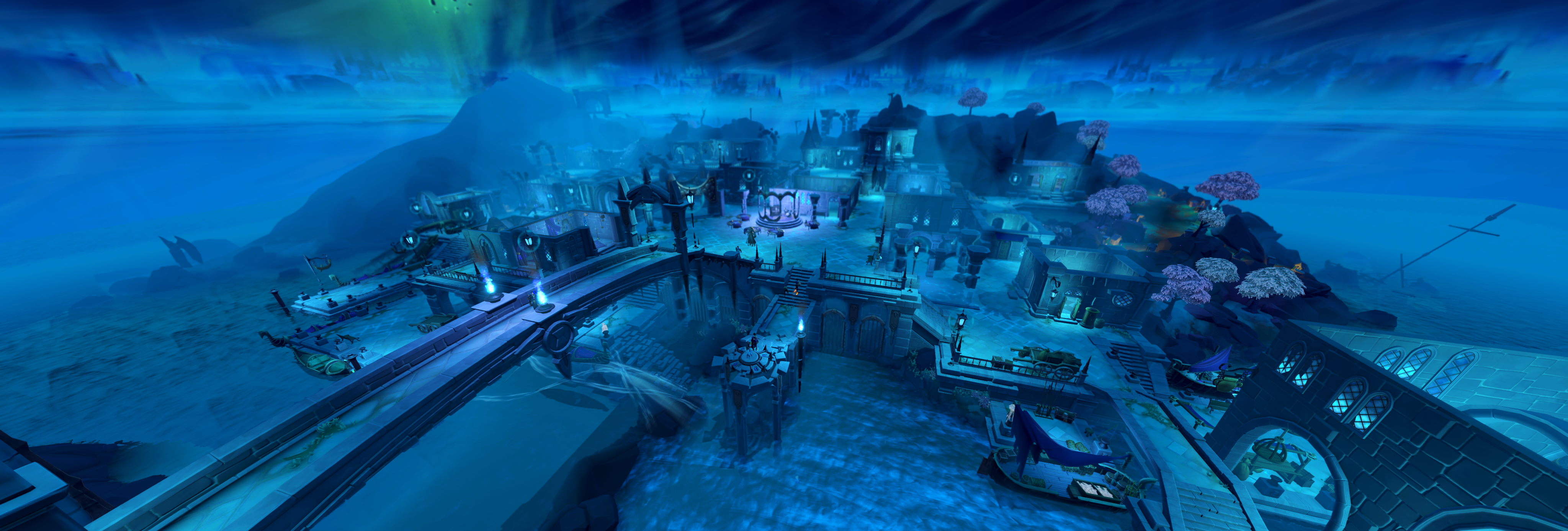
Reflections on the City of Um
As splendid as the Necromancy update has been, the City of Um felt like a missed opportunity. There's an echoing sentiment among many in the RuneScape community: Why has the magic of crafting memorable cities been lost on Jagex recently? Their recent attempts seem tethered by a reluctance to truly innovate. A well-designed city isn't just about aesthetics but providing reasons for players to gather and linger. Sadly, the absence of features like the Grand Exchange in the City of Um leaves it desolate, save for Necromancy trainers. Yet, credit where it's due: its visual design is commendable.
Final Thoughts
To sum it up, Necromancy has exceeded my expectations, presenting a balanced mix of challenges and excitement. While the skill could benefit from integrating more minion-based combat, I remain optimistic about its future expansions. The ultimate goal? Achieving level 120 and confronting "The First Necromancer, Rasial". Perhaps, once that milestone is achieved, I'll share another detailed RuneScape Necromancy review. Until then, thank you for accompanying me on this narrative journey.
Diablo IV: Season of the Mismanagement
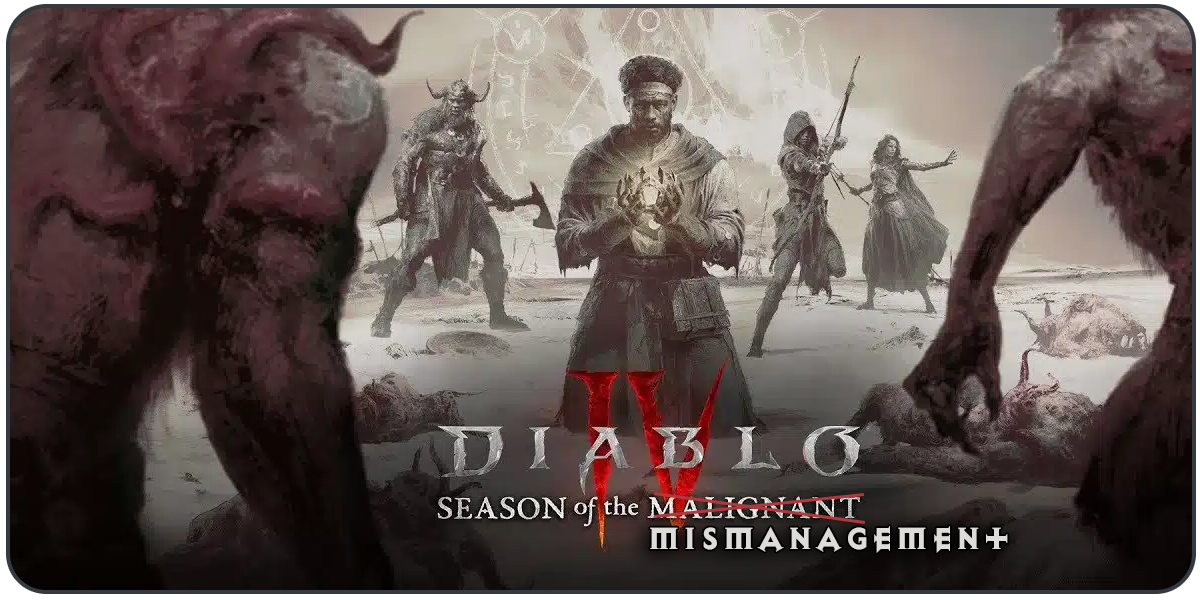
What on earth is happening over at Blizzard? The latest Diablo IV patch, 1.1.0, released just yesterday, is a true exercise in mismanagement. The lack of understanding and responsiveness to player concerns and criticisms is quite frankly alarming. With Season 1 just around the corner, many are wondering if it's even worth participating given the current state of the game.
Since the majority of players have completed Diablo IV's campaign, they're left facing the end-game - a grind that is slow, tedious, and scarcely rewarding. In a baffling turn of events, Blizzard has managed to make this experience even more of a slog, turning the dial down on fun and up on monotony. The reasoning behind this move is anyone's guess - even the developers might struggle to provide a coherent explanation.
Yesterday's patch inexplicably nerfed every single class in the game, even those that were previously underperforming, such as the Necromancer and Sorcerer. Balancing skills, enhancing and reducing abilities where necessary, is an integral part of maintaining a video game, but Blizzard's blanket nerfing strategy, without any balancing buffs, is perplexing. The reaction from the player base is predictable – disillusionment. It's as though the developers aren't playing the game they're creating, or at least, not at a level where they'd experience the real end-game struggles (like surviving a T70 Nightmare Dungeon).
Furthermore, the path to leveling up has become significantly more arduous. World Tier difficulties now come with minimum level requirements. Previously, you could unlock any difficulty your character could handle. Now, players are locked out of certain difficulties until they reach a designated level (50 for WT3, 70 for WT4). So, if you managed to unlock WT4 in your 50s or 60s, you'll now have to wait until level 70 in the new Season. Prepare to invest countless hours to level up, all the while dealing with sub-par loot rewards. It's a tough pill to swallow.
Helltides were supposed to provide a means to earn great loot and a fair amount of experience. However, Mysterious Chests now cost 250 Aberrant Cinders, a steep increase from 175, without any corresponding increase in loot or Cinders dropped by enemies. Solo players, already finding it tough to gather 175 Cinders, are left high and dry. Couple that with the risk of losing half your Cinders upon death, and it's easy to see why many are frustrated.
And looking at the new mechanics for Season 1, the prospects don't seem too exciting. There's a new boss that you'll probably only fight once, and gems with effects that will likely just add more complexity to the RNG system. While other games are rolling out innovative seasonal updates that revolutionize gameplay, Diablo IV seems to be stagnating.
In short, the future of Diablo IV seems murky at best. Blizzard, we implore you, listen to your community and breathe life back into this once thrilling game series.
Surviving Sanctuary: A Review of Diablo IV
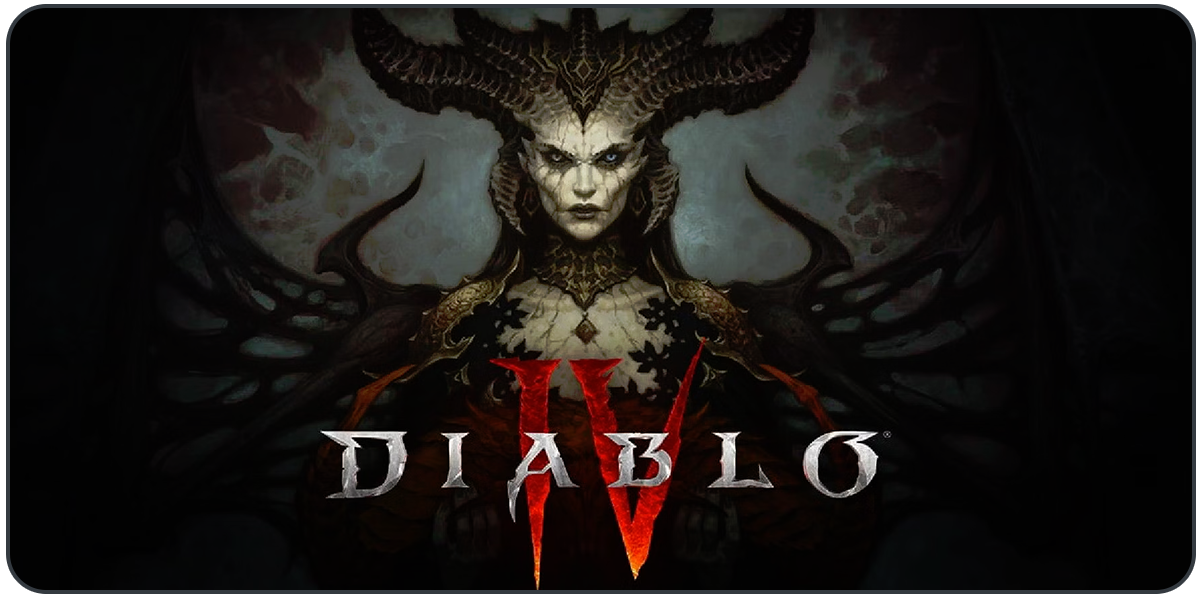
(This is a spoiler-free review of the game)
As an avid gamer with a deep appreciation for the Diablo series, I eagerly awaited the release of Diablo IV, the next chapter in this beloved franchise. With the weight of recent controversies surrounding Blizzard Entertainment, I approached this highly anticipated game with a mix of excitement and trepidation. As someone who has spent countless hours streaming Diablo III and running an official fansite for the game, I had high hopes for Diablo IV. Would it live up to its predecessors or fall short of expectations? In this comprehensive review, we will delve into the various aspects of Diablo IV, providing an in-depth analysis of the game's mechanics, storytelling, visuals, audio design, and the promise of its end-game content.
The Beginning: A Patient Journey
Unlike many players who opted for the upgraded packs, I chose to wait until the official release of Diablo IV, not only due to budgetary constraints but also because I wanted to experience the game at its fullest. Waiting for the release date meant avoiding spoilers and carefully navigating the online realm to maintain the surprise factor. While the strategy of "charge to play early" may seem exclusionary, I remained hopeful that Diablo IV would deliver a remarkable gaming experience. I hearkened back to the days of Error 37, a notorious issue during Diablo III's launch, grateful that such hurdles were absent this time around (for the most part).
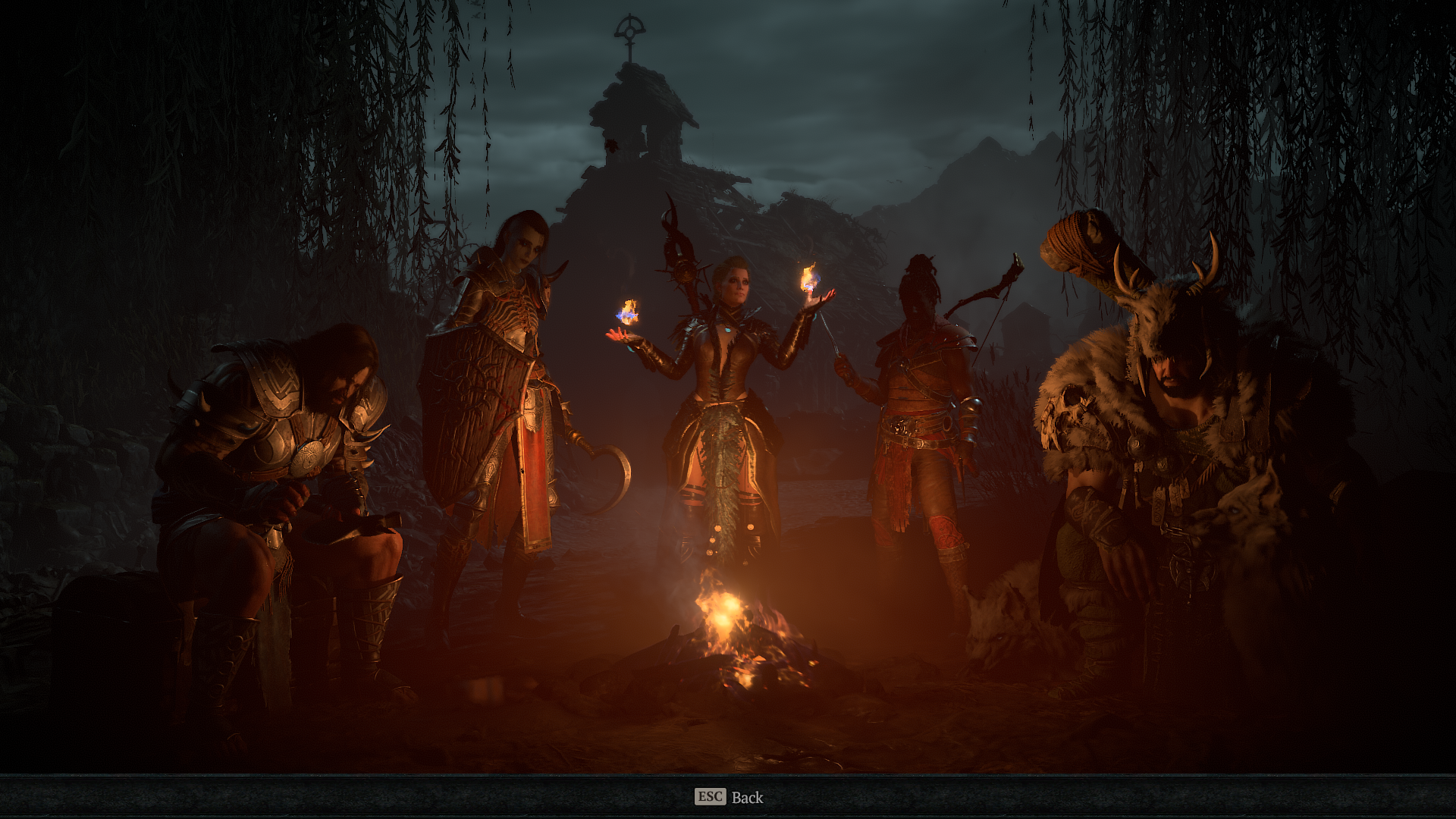
Choosing a Class: Unleashing the Power of Sorcery
Selecting a class in Diablo games has always been a crucial decision, and Diablo IV offers a diverse range of enticing options. After much contemplation, I found myself drawn to the Sorcerer class, enticed by the allure of mastering the elemental arts. Magic users have historically held significant power in the Diablo universe, and Diablo IV upholds this tradition. Upon entering the character creation screen, I was immediately captivated by the customization options and the opportunity to shape a character who could wield devastating spells against the forces of darkness. While the Necromancer had piqued my interest during the first beta test, the allure of the Sorcerer's formidable magical prowess ultimately won me over.
The Controls: A Seamless and Intuitive Experience
One of the defining features that set Diablo III apart from its competitors was its smooth combat, fluid animations, and responsive controls. I am pleased to report that Diablo IV maintains these impressive standards, delivering an intuitive and satisfying gameplay experience. Whether engaging in frenetic battles or navigating treacherous environments, the controls feel incredibly responsive, ensuring that every action flows seamlessly. This factor alone has contributed to Diablo III's enduring popularity, even in the face of competition from titles like Path of Exile. The latter initially struggled with clunky combat mechanics, harkening back to the days of Diablo II. Diablo IV's combat, in contrast, sets a new standard for the franchise, combining the familiar with the improved, resulting in an unparalleled action RPG experience. However, it is worth noting that some fine-tuning is required for the horse controls, as occasional frustrations arise from getting stuck on the environment.
The Story: A Captivating Journey into Darkness
In Diablo IV, I made a conscious effort to immerse myself fully in the game's lore, refusing to skip any main storyline quest text or cut-scenes. Liberated from the pressures of streaming and rushing towards end-game content, I allowed myself the luxury of savoring every narrative detail. Diablo IV delivers a captivating story that expertly transports players into a dark and foreboding world. With promises of returning to the franchise's roots, the game fulfills its pledge with resounding success. The narrative unfolds through brilliantly crafted cut-scenes and quests, leaving players hungry for more. In a gaming landscape saturated with predictable storylines, Diablo IV stands out, surprising players with unexpected twists and turns that keep them on the edge of their seats. It's been years since I've felt this invested in a video game's narrative, evoking memories of the enchantment I experienced as an 11-year-old playing Legend of Zelda: Ocarina of Time. Diablo IV's storytelling prowess is a testament to the dedication and creativity of its developers, leaving players eagerly anticipating encounters with the prime evils that lurk just beyond the horizon.
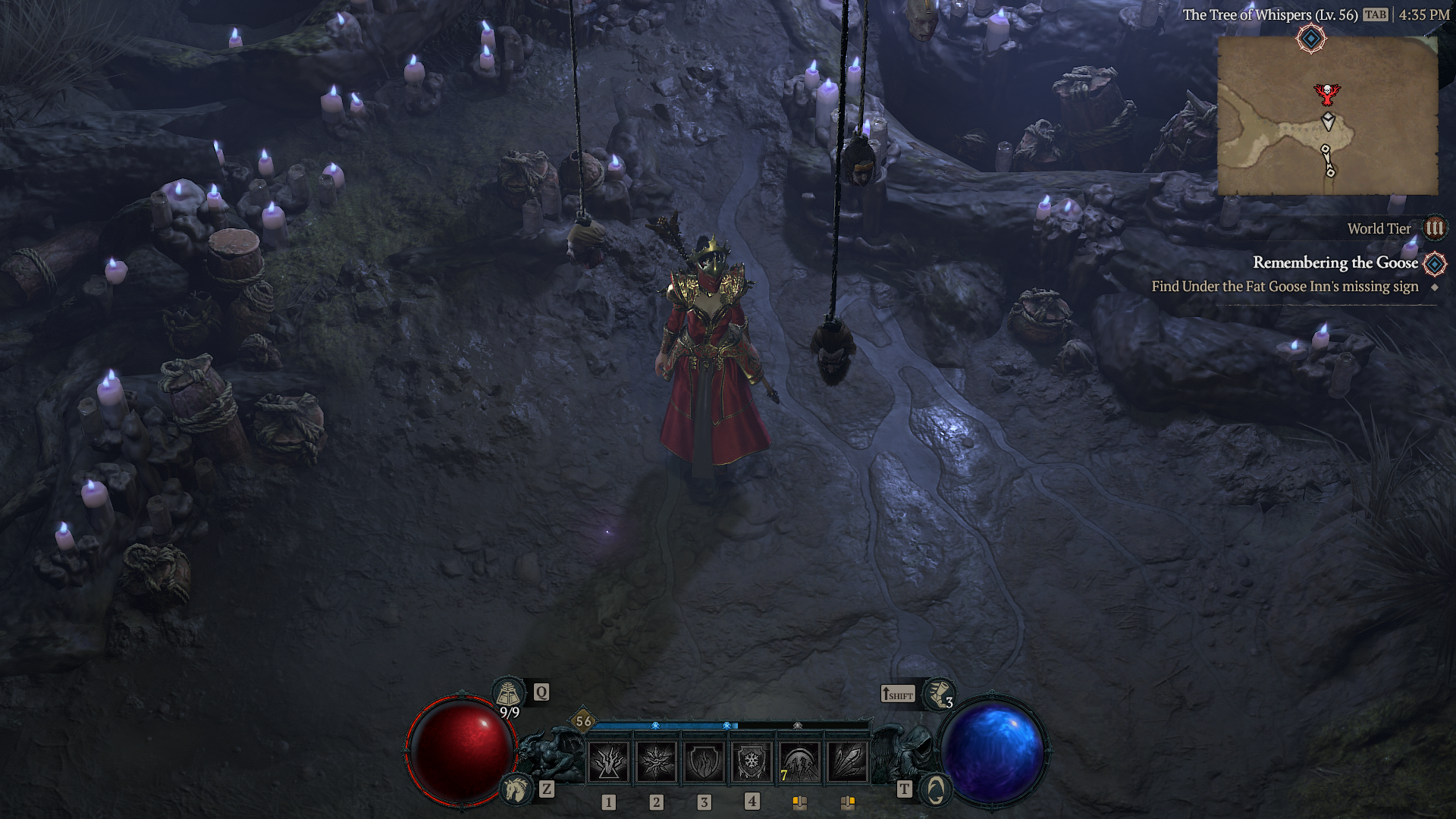
The Sound: A Symphony of Immersive Audio
Immersive audio design is often an overlooked aspect of video game development, but Diablo IV proves that attention to detail in sound design can elevate a game to new heights. Every auditory element in Diablo IV is meticulously crafted to create a rich and atmospheric soundscape. From the resonant clinks of items to the evocative voice-overs during quests and the thunderous clash of battle, each sound complements the gameplay, adding depth and immersion. The sound department deserves commendation for their exceptional work, as the audio elements harmonize seamlessly to create a truly immersive experience. Diablo IV stands as a sonic masterpiece, reinforcing the immersive nature of the game and heightening the emotional impact of every encounter.
The Visuals: Embracing the Essence of Darkness
One of the most gratifying aspects of Diablo IV is its return to a darker and more atmospheric visual aesthetic, evoking the essence of the franchise's early installments. In contrast to the somewhat cartoonish visuals of Diablo III, which left me yearning for a more visceral experience, Diablo IV delivers a visual feast that captures the dark and gruesome nature of the Diablo universe. The stunning graphics and meticulous attention to detail immerse players in a nightmarish realm filled with macabre horrors. From the grotesque creatures that roam the landscape to the environments teeming with foreboding shadows, Diablo IV is a visual tour de force that reignites the primal fear that made the franchise so iconic.
End-Game: A Thrilling Adventure Awaits
While my journey in Diablo IV has yet to reach its zenith, I have had the opportunity to explore a significant portion of the game's content. Engaging in numerous encounters, both solo and with my son, has solidified my belief that Diablo IV offers a wealth of thrilling end-game experiences. Although I have yet to achieve level 100 or tackle the formidable Tier 4 difficulty, the time I have spent in Diablo IV has been an absolute blast. While the leveling pace has slowed considerably, I find myself relishing the adventure rather than fixating on the destination. Diablo IV presents a captivating world that transcends the need for expedited progress. As real-life responsibilities beckon, I understand that my journey to level 100 may take time, but the anticipation of the remaining content fills me with excitement.
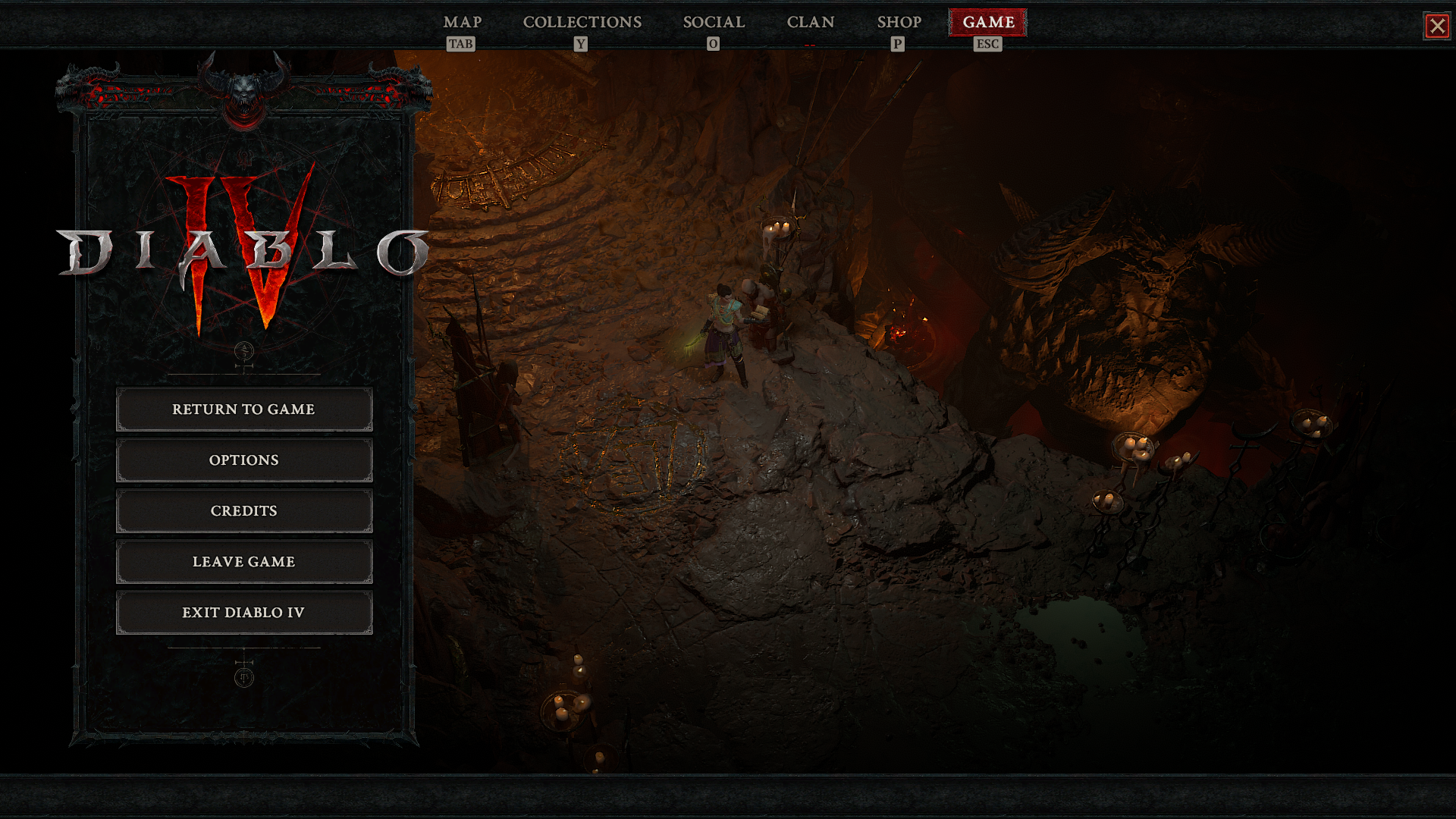
Conclusion: Diablo IV, a Triumph Reborn
In conclusion, I wholeheartedly rate Diablo IV as a remarkable game, deserving of a solid 8 out of 10. The game arrives with a level of polish and quality that requires minimal improvements out of the box. Diablo IV stands as a testament to the dedication of the developers, who have meticulously listened to fan feedback throughout the years. It strikes a perfect balance between nostalgia and innovation, reigniting the flame that initially drew us to this iconic franchise. The game's exceptional mechanics, engrossing storytelling, captivating visuals, and immersive audio combine to create an unforgettable gaming experience. With future updates on the horizon, including the introduction of new playable classes, Diablo IV promises to continue captivating players and pushing the boundaries of the action RPG genre. My initial skepticism has transformed into unadulterated satisfaction, and I eagerly await the dark depths that Diablo IV will continue to explore. Bravo to all the developers involved in crafting this masterpiece. Sanctuary has never been more enticing, and the adventure has only just begun.

